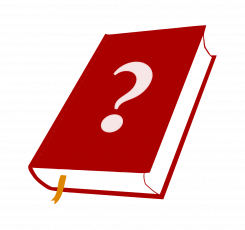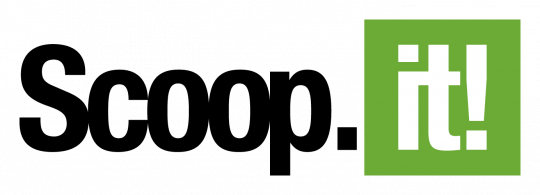Two units left – time to reflect a little

Two units remaining and I will have completed my Masters. What a ride this has been. Next semester I will do Literature in the digital environment and my Professional practice – take two after a false start on this subject last semester due to Covid-19. So as I sit here contemplating the last two year and the remaining six months. I have begun to consider what I have learnt, what I still want to learn and if there are things that I know, but that I’m not aware yet of.
So what do I know? Do I feel ready to be a teacher-librarian (TL)? Yes, I do, I have been doing the job for a while now but a standalone TL? No, probably not. I can’t imagine putting a budget proposal together. I also shudder at the thought of having to do a stocktake. I must admit that while I’ve been doing the job, I have a lot of help. We employ someone to do all purchasing and acquisitions. He does all the data entry and cataloguing of the resources as well as book list for the school. The head of the library takes care of budgets, rosters and staying in touch with leadership. While the other TL looks after copyright and room bookings, I could probably be okay with most of that on reflection, but it would be overwhelming without help.
We currently don’t have any library policies, and I would like to produce a collection management policy at some stage as I was taught in ETL503 Resourcing the curriculum. I think having clear guidelines for procedures would make me feel more comfortable and ensure my ability to do my job correctly. I think I could produce this document with what I learnt during this unit and subsequent units that relate to it.
I would also love to use the knowledge I formed during ETL402 Literature across the curriculum. I think one of the more essential areas a TL can be involved in is collaborative teaching. The idea intrigues me, planning alongside another teacher and delivering lessons on researching skills would be interesting and make me feel like I was doing my job as a TL.
When I stop to think about what I don’t realise I know, I think about EER500 Intro to educational research. That unit just about sent me around the twist, but I received decent grades in. I suppose the idea of research scares me, but for me, it is probably achievable should the need arise. I believe I have learnt some useful skills during that unit that I could apply to my school library setting.
Library promotion is something I’ve always enjoyed, and I love that this is part of the role. In 2018 I compiled a proposal to develop and maintain a library Instagram page. It was accepted and I love curating this channel. I also enjoy coming up with new ways to promote library services, running competitions and creating displays.
What do I still want to learn? So much. I would like to learn more about how to be a curriculum leader. The Australian Schools Library Association (ASLA) website suggests that TLs are involved in curriculum planning and school curriculum committees. I think maintaining literacy is an essential component of being a curriculum leader, and I have just signed on to head up a reading program at our junior campus.
ASLA also discusses how TLs are information service managers. That they develop and implement strategies for evaluating the resource collection and determine curriculum and student needs. This is something I have been trying to implement for some time. I would like to develop our relationship with the faculty heads to the point where they share ahead of time the areas the students will study throughout the year. I would then like to use that information to develop the collection to reflect those areas of study.









